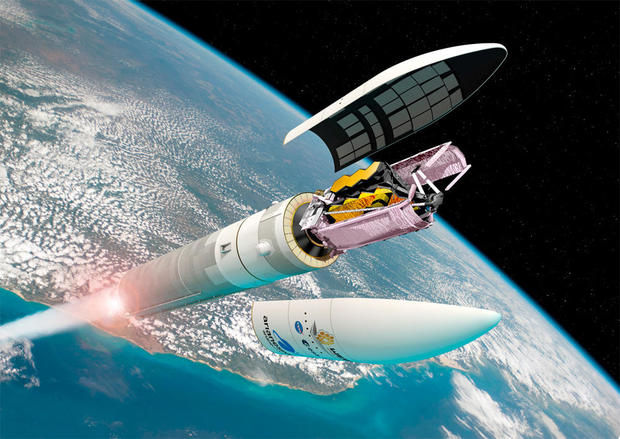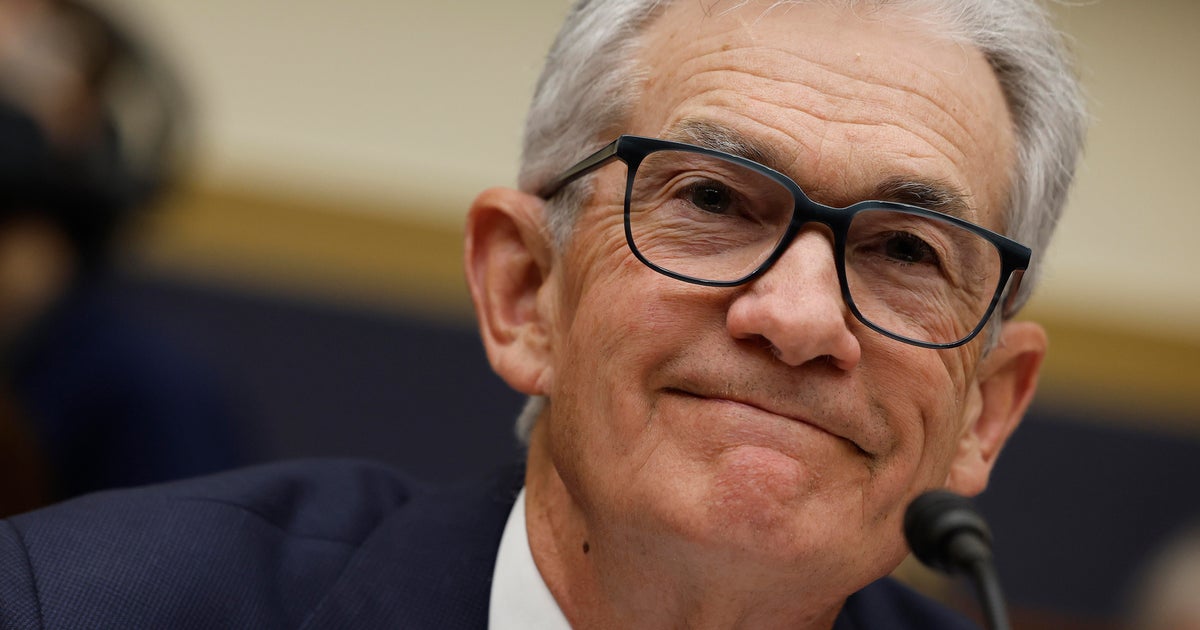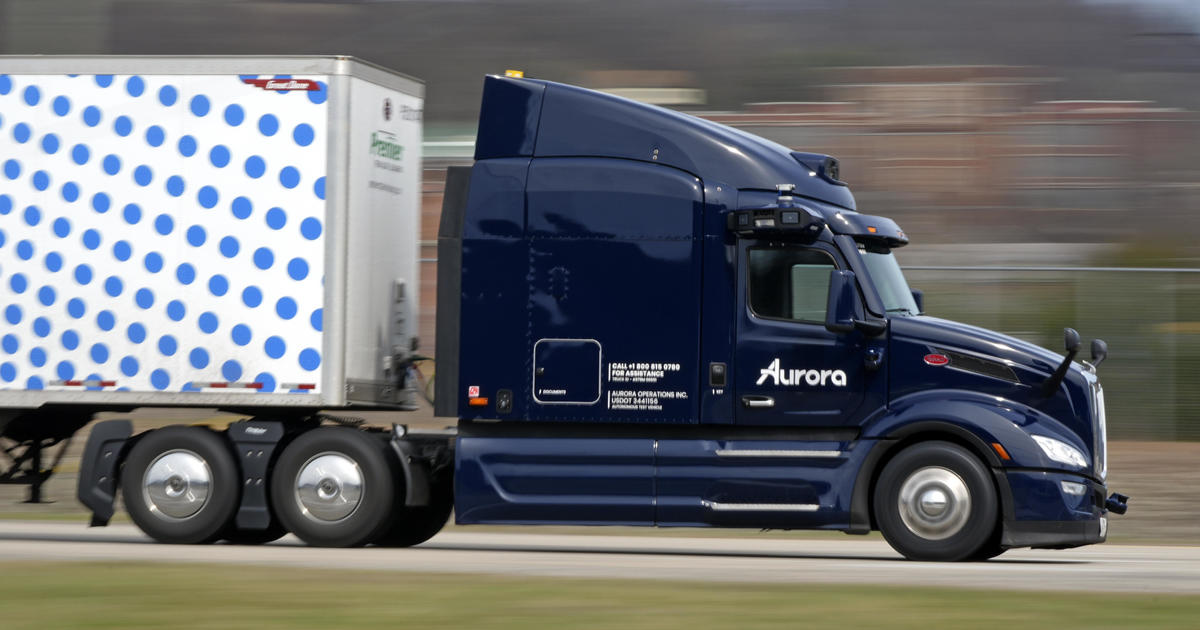Christmas Day launch confirmed for James Webb Space Telescope
After a one-day delay to assess threatening weather, mission managers decided to press ahead with plans to launch the $10 billion James Webb Space Telescope on Christmas Day, NASA announced Wednesday.
Arianespace, the European consortium that markets and launches Ariane 5 rockets, now plans to haul the space telescope and its booster to the launch pad in Kourou, French Guiana, on Thursday. That will clear the way for a launch attempt at 7:20 a.m. EST Saturday, the opening of a 32-minute window.
Engineers originally planned to launch Webb, the largest and most expensive science probe ever built, on December 18. But the flight was delayed four days because of problems with a rocket attachment fitting and then another two days due to trouble with data drop outs in a telemetry cable.
NASA and ESA then reset launch for Christmas Eve, only to order another delay to at least Saturday because of stormy weather. After reviewing the weather outlook again on Wednesday, mission managers confirmed the December 25 target date.
The James Webb Space Telescope is designed to capture infrared light from the first stars and galaxies to form in the aftermath of the Big Bang some 13.8 billion years ago.
If all goes well, the Ariane 5 will put the observatory on a trajectory toward a parking spot a million miles from Earth on the far side of the moon where it can operate in a sort of gravitational eddy, cooled to within a few degrees of absolute zero using a sunshade the size of a tennis court.
Folded up to fit inside the Ariane 5's nose cone, Webb's five-layer sunshade, its segmented primary mirror and a secondary mirror mounted on a folding tripod, are scheduled to unfold and lock into place during the first two-and-a-half weeks after launch.
Unlike the Hubble Space Telescope, which could be serviced by spacewalking shuttle astronauts, Webb will be beyond the reach of any foreseeable service calls.
Tension is high.
"The team's work is not stopping on launch day, there's a lot of hard, long weeks ahead where the telescope has to deploy perfectly to begin this amazing work," said Deputy NASA Administrator Pam Melroy, a former space shuttle commander.
"So stay tuned for updates as we move this observatory out into space," she said earlier this week. "This is a high-risk and a very high-payoff program. We've done everything we can think of to make Webb successful. And now we just need to go do it."





